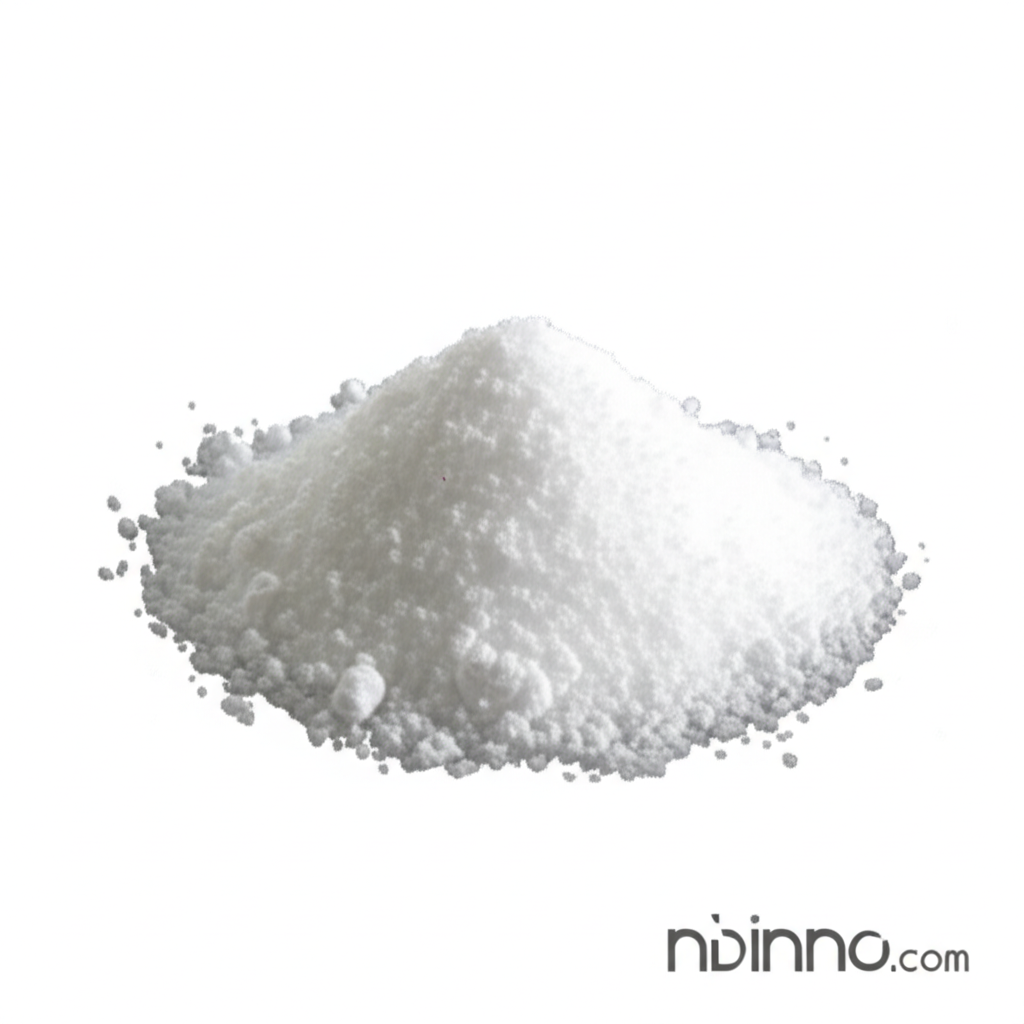4-Chlorobenzenesulfonamide (CAS 98-64-6): A Versatile Intermediate in Organic Synthesis and Pharmaceutical Development
Discover the chemical properties, synthesis, and broad applications of this vital organic intermediate.
Get a Quote & SampleProduct Core Value

4-Chlorobenzenesulfonamide
This compound is a critical intermediate in organic synthesis, serving as a foundational building block for a wide array of more complex molecules. Its significance in medicinal chemistry is particularly notable, contributing to the development of pharmaceuticals with diverse biological activities.
- Explore the synthesis of 4-Chlorobenzenesulfonamide, a key intermediate in organic synthesis, understanding the industrial preparation methods and reaction mechanisms involved.
- Discover the diverse 4-Chlorobenzenesulfonamide applications that span across various industries, with a strong emphasis on its role as a pharmaceutical intermediate.
- Learn about the antibacterial properties of sulfonamides, a class to which this compound belongs, and its potential in new antibiotic development.
- Understand how compounds like CAS 98-64-6 are utilized in enzyme inhibition research, particularly its role as a potential carbonic anhydrase inhibitor.
Key Advantages Offered
Versatile Chemical Intermediate
Leverage the unique structure of 4-Chlorobenzenesulfonamide for a wide range of organic synthesis pathways, enabling the creation of novel compounds.
Pharmaceutical Building Block
Utilize this compound as a critical component in the research and development of new pharmaceuticals, contributing to advancements in drug discovery.
Proven Biological Activities
Benefit from the known antibacterial, anticonvulsant, and enzyme inhibitory effects associated with this compound and its derivatives.
Key Applications
Organic Synthesis
As a vital building block, it facilitates complex chemical transformations, crucial for creating a wide array of organic molecules.
Pharmaceutical Development
Its structural features and biological activities make it a valuable starting material or intermediate in the synthesis of potential drug candidates.
Medicinal Chemistry Research
Investigate its role in developing new therapeutic agents, including those targeting bacterial infections and neurological disorders.
Enzyme Inhibition Studies
Explore its potential as an inhibitor for enzymes like carbonic anhydrase, relevant to various physiological processes and disease treatments.
